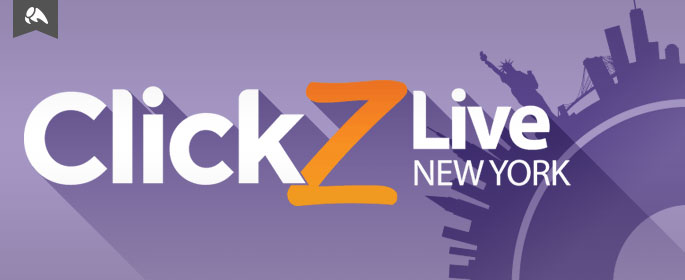
How do you develop a message that your customers will listen to? That’s the question Craig Coffey, marketing communications manager of Lincoln Electric, is answering today.
In his job, he gets to make welding (and welding equipment) cool. He makes people interested in taking up welding as a hobby and a career. Because “welding is f*cking cool.” And people are really passionate about it.
So, how do you get people interested in your (maybe not so obviously exciting) topic?
Craig shows us a spec sheet. The 5th bullet of features basically says there’s an “ON” switch. They have a line on the spec sheet that says you can turn the device on. “SERIOUSLY?”
As a marketer for your company, don’t develop messaging thinking you are the target market. You have to assemble the right team to create your messaging. This team has these four elements:
- Closest to the customer/application. Understands the demands, understands the use cases. Knows customers best.
- Most knowledgeable about the product/service. Someone who’s seen the product from inception through launch. Knows products best.
- Most knowledgeable about the competitive set/competition. Knows competitors best.
- Someone who is not afraid to call BS and moderate these sessions.
Your team lives and breathes your product or service. You have to have someone who can call BS. Who knows what matters, and what really… doesn’t. This person is the one who’s going to identify what’s useful to the consumer, and when you don’t need your spec sheet to feature that you have an on/off switch.
With this team in place, you can identify your competitive differential advantage (Craig brings up Cordoba’s “Corinthian Leather” story).
Do you talk about the things that are the same as your competitors? No. You talk about the things that are different. When looking at your competitive differential advantage,
- It must be unique (can only be claimed by you)
- It has to be sustainable over time (this may involve protecting it from an intellectual property perspective, but not always)
- It must be valued by your customer
That’s where it comes down to developing buyer personas.
Lincoln Electric typically thinks that their customers are the ones doing the welding. And in some cases, that’s true – for commercial and hobby-based products. But the more expensive the product, the less likely the person doing the welding is making the buyer decisions. This is a simplified understanding of their personas, but imagine the welders are also influencers – informing the buyers (if not making the decisions). You have to make sure your messaging is resonating with the buyer and the influencers – or have separate messages for each.
Your goal: To understand what MOTIVATES a buyer to make or move closer to a purchase decision and sync up to it.
Fill up whiteboards with what you know and what you research about your buyers. Spark conversations and questions. What is it that motivates this buyer to do or want better, and sync up to it?
You then have to test and re-test your messages. Lincoln Electric tests internally first, then to a select group of customers (either those already on-board, or those on the fence you’re in communication with). They test messaging against their leadership (a mix of salespeople and engineers), who are the hardest to convince. All of these tests are done prior to rolling these messages out to the entire target audience. You have to be confident in your messaging before investing in its wider roll-out.
Takeaways: Identify your competitive differential advantage. Then create the messaging that makes your audience notice and care (and don’t confuse your own engineers/product developers/salespeople as your target audience).
Be crystal clear about what your customers want. And then make sure your messaging is equally clear.







